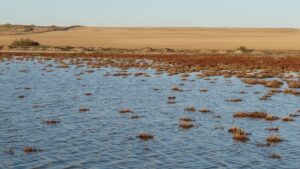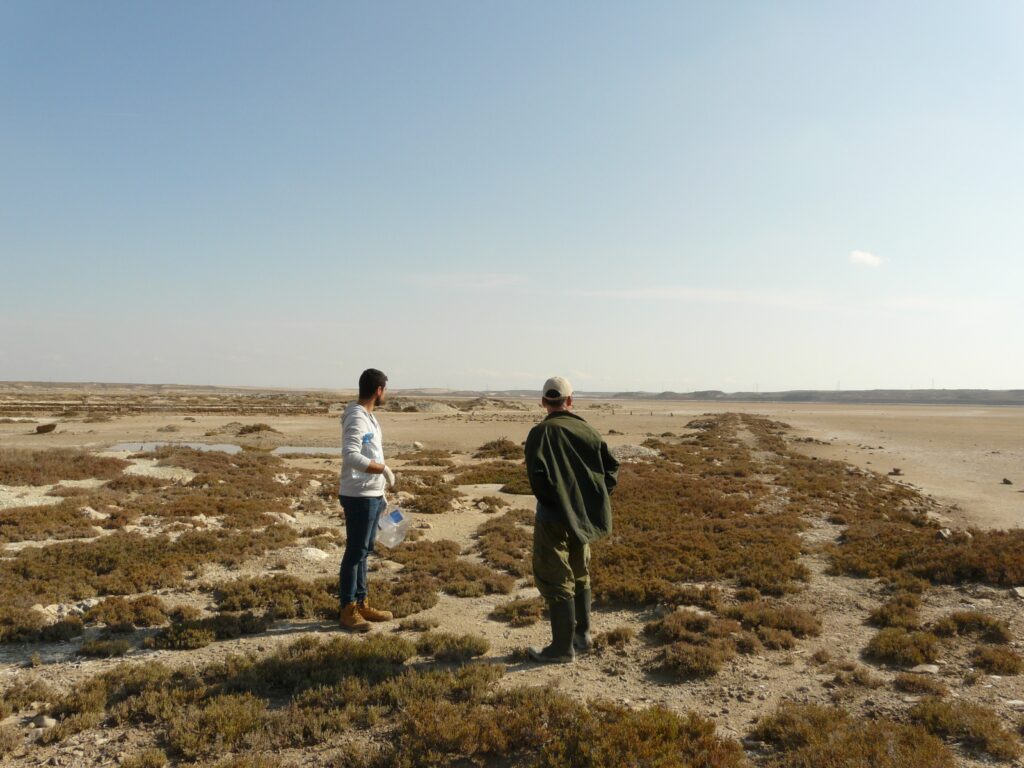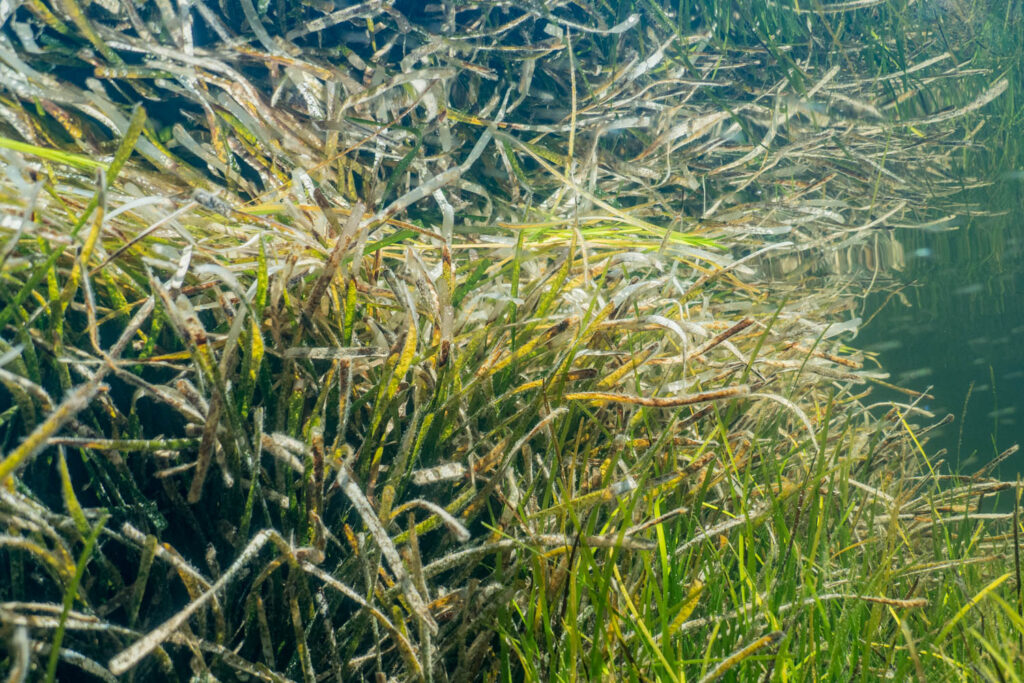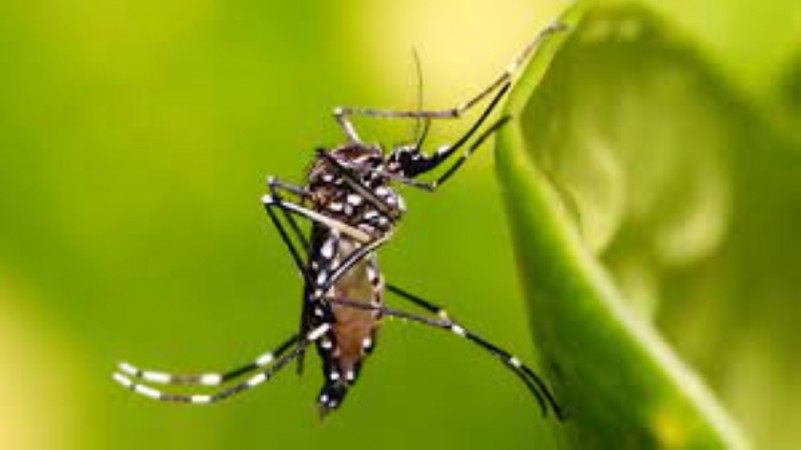Microorganisms can be easily transported to very distant locations and complete dispersal success has been postulated based on their small size, enormous population size, long survival, low extinction rate and global astronomical figures that can lead to microbial ubiquity. Given that ubiquity limits the rates of both local speciation and local extinction, relative homogeneity in the composition of microbial species globally is expected.
The importance of geographical and environmental barriers to divergence in microbial populations is, however, a topic of much debate and while some species show evidence of allopatric divergence, others do not. If unlimited passive dispersal of microorganisms occurs, only biotic and abiotic environmental filters would explain the microbial assemblages observed in most ecosystems. This view has been challenged by more recent evidence showing strong dispersal limitation shaping large-scale spatial patterns.
Understanding the drivers of assembly and complexity at the microbial landscape level is important in the overall ecological context because of the prominent role that microorganisms play in many ecological functions of the planet and because it is fundamental knowledge necessary to advance the understanding of the Microbial responses to global change. We only have a vague idea of what evolutionary parameters lead to barriers in some microbial species, but not in others.
AEROSMIC will study the functional traits present in the aerial microbiota with long-range dispersal in the free troposphere using one of the largest long-term data sets available at a high mountain point above the boundary layer collected by our own group of investigation. Bioaerosols originating from different terrestrial and marine sources (e.g. deserts, oceans, forests, agricultural and urban areas) are continuously injected at high atmospheric altitudes, reach the free troposphere, remain suspended for days and are transported at high altitudes. distance by wind over the continents before being washed away by precipitation (rain and snow) or dry deposition.
AEROSMIC will explore how the influence of tropospheric microbial deposition on Saharan dust events varies along different environmental and geographic gradients, and how it affects the colonization potential of allochthonous bacteria, studying three model systems covering three major gradients: (i ) altitudinal (using a large set of alpine lakes in the Pyrenees), (ii) latitudinal (using a South-North geographic distribution of forest cover phyllosphere samples), and (iii) physicochemical salinity gradients (using saline lakes ephemeral in endorheic areas of NE Spain).
Several hypotheses will be analyzed to evaluate the colonization potential of aerial migrant taxa by applying, on the one hand, observational, empirical and manipulation studies in small mesocosms and, on the other hand, high-performance computational analyzes on genetic data sets already available from alpine and ephemeral saline lake microbiomes temporarily collected under well-contrasted environmental and limnological conditions.


 + Scientific articles related to this research project:
+ Scientific articles related to this research project:
 – 2023.06.21. EL PUNT AVUI:
– 2023.06.21. EL PUNT AVUI: 







